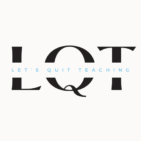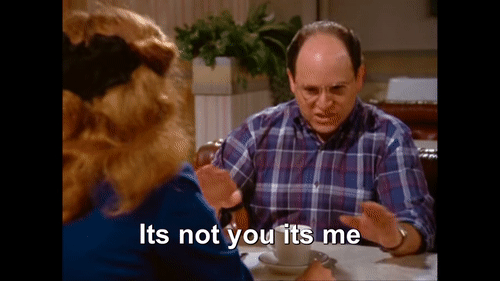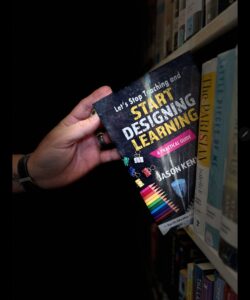I heard a teacher say once, “I am not here to have relationships with students or even to be liked. I am here to teach them the content. That’s it.” There might be more educators out there like this who feel the same way. But, what if we discovered that the relationships we have (or don’t have) with our students have more of an effect on learning than we realized? Would that make us put these relationships first?
Let’s look back at the teacher quote. The first mistake made in the statement concerns the misconception about what the teacher is employed for in the first place. We are NOT paid to teach. The building does not exist, the light bill is not paid, the technology is not provided, and the salaries are not supplied for any other reason than this: Learning. Producing learning IS the job of all educators. We can teach all day long, everyday. That doesn’t mean that learning is happening.
With this understanding, we need to shift our essential duties towards what is best to produce learning in our students. There’s all sorts of research and strategies out there, but I will argue that unless a teacher really works at this first element, all of the others become less effective. The thing we all must work at, establish and maintain with due diligence is positive student relationships. Why this? Teacher-student relationships only have a 0.47 effect size, or little over 1 year’s worth of potential growth. What’s the big deal? It’s because it’s the first domino we tip.
Without this positive relationship in place, students may think/feel the teacher doesn’t like them. When feeling unliked, students tend to be hesitant to learn or even combative with a teacher. But, when they feel genuinely cared about, students will be on your team. The learning team. They will see the teacher as a trusted, credible source for their learning. Teacher credibility carries an effect size of 1.09 or around 2.75 years worth of growth. Credibility lies in the students considering, “Is this teacher someone I can turn to for feedback, help, knowledge, and depth of understanding?” or “Am I prepared to invest in her or his assigned tasks to enhance my learning?” If they think we don’t like them, they won’t trust us. If they don’t trust us, they won’t learn from us. It’s that simple.
The next relational domino to fall is around our expectations of these students we are forming relationships with. Do we, no matter a student’s race, background, ability, attitude, address, care enough about this student to hold him or her to high expectations for learning? If producing learning in all students is our job, do we believe all students can learn and want to learn at high levels? We cannot handicap any child in our care with our biases. Our job is to do whatever we can to meet them where they are and lift them up to the standard. Teacher expectations have an effect size of 0.42, another year’s worth of growth. We have to love them, and with that, comes believing in them.
Now, I could go on and describe how our expectations lead to establishing the domino of Teacher Clarity (effect size= .084, 2 years growth) and with that comes Success Criteria (effect size= 0.88, 2.5 years growth) which can lead to the practice of Student Self-Assessment (effect size=1.33, 3 years growth. I could quote all the other effect sizes from other dominoes having been tipped like Student Belonging, Well-being, Self-efficacy, and others resulting in decades worth of potential learning growth. We just need to remember that all of it started with that first domino of establishing positive student relationships.
It is up to us to foster and nurture these relationships. Like George Constanza from Seinfeld, we are the catalyst for what happens. Whatever goes right or wrong with them, it’s on us. It’s not up to students. It’s not you; it’s me in other words. So what do we as educators need to do? Make students know you care about them. Really care, not as a student, but as a person. If kids feel like you genuinely care, there is nothing they will not try, risk, work for and tackle when you ask them.
How do you form these types of bonds? Get to know them as people. That’s what they are after all. Find out their favorite hobby, movie, music. Ask what sports they love to watch or play. Discover their dreams and goals. Sure, smiling and being cordial towards students is great. But if you want to take things to the next level, find out what makes THEM smile. Dig into their lives, likes, loves, fears, dislikes and anything else unrelated to school. It may take some time, but the return is worth it. Not only will you form relationships like you never have before, you’ll also see a drastic uptick in what you were hired to do in the first place, produce learning.


